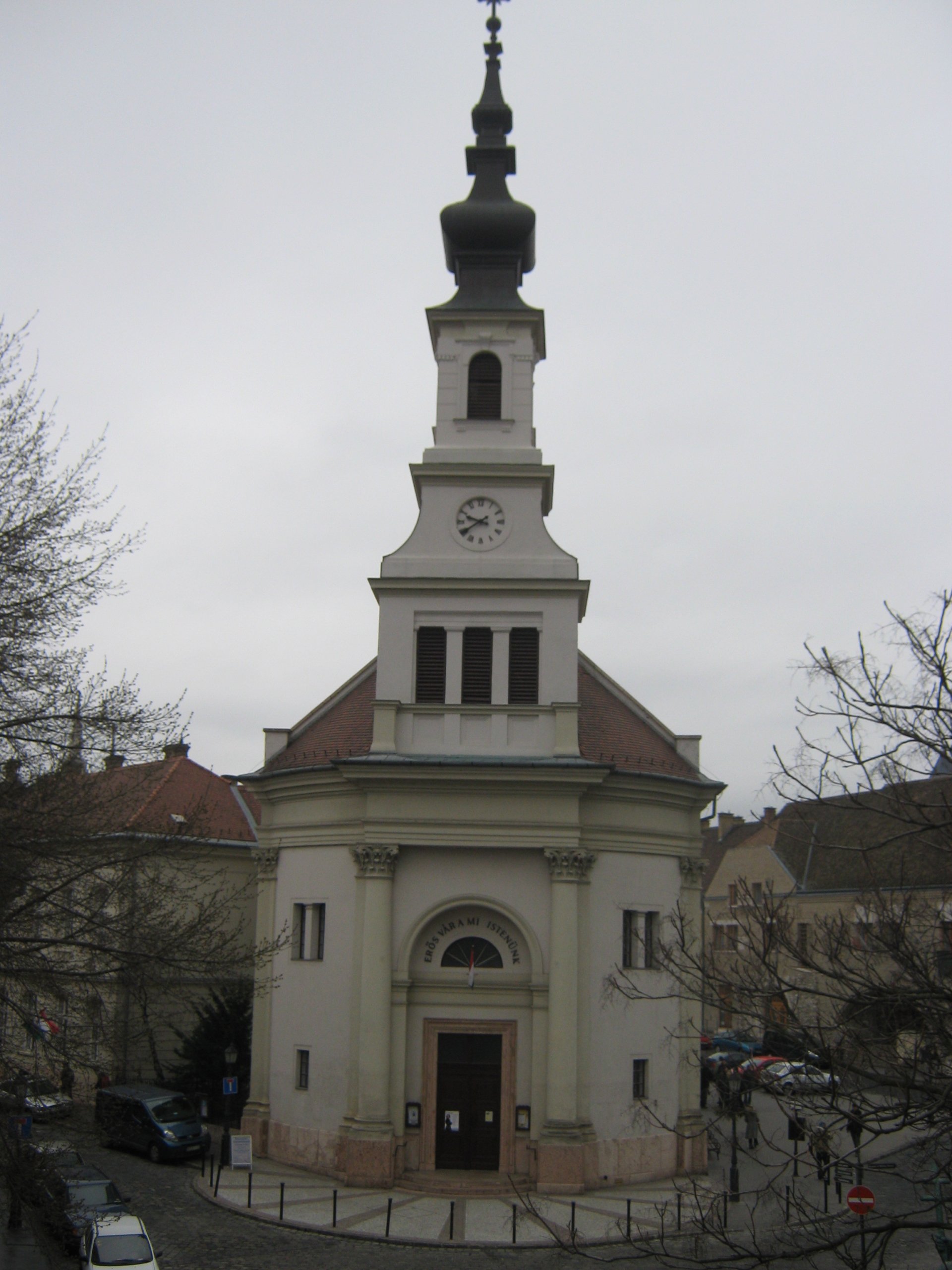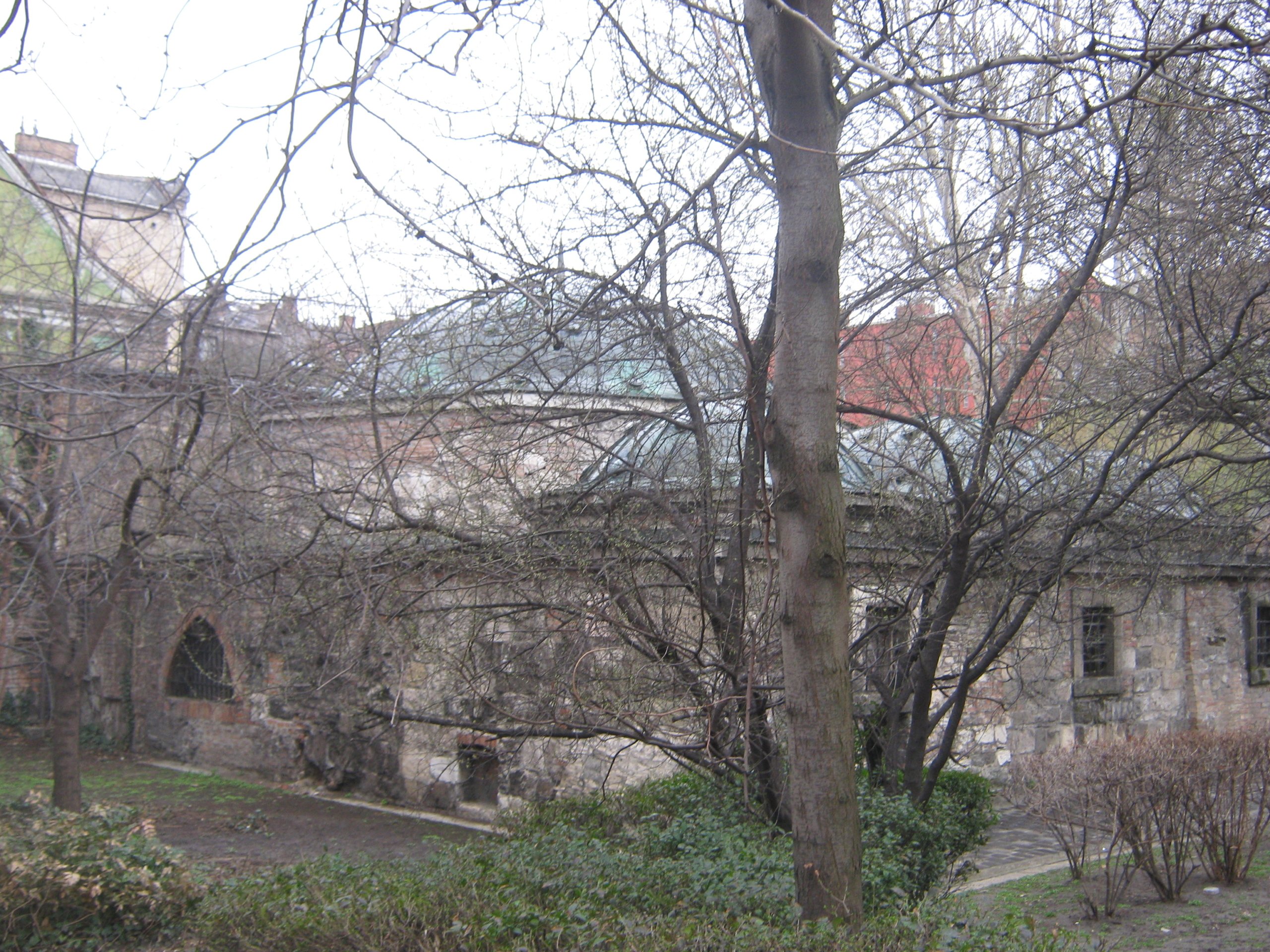
Join the walking tour – discovering multi-ethnic Budapest on foot (Part 1)
Kit Dorey who interns in MRG’s Europe office, Budapest, shares his experience from one of the activities organized to mark this week.
For this year’s European Action Week Against Racism (14th-27th March), Minority Rights Group is marking the occasion with a set of three tours that focus on the multiplicity of minority specific influences on Budapest, both throughout history and in the modern day.
With the aid of the tour company, Rockhoppers, and the knowledge and experience of Zoltan Nagy, our guide, we aimed to draw attention to the many cultural, religious and international factors that have shaped this beautiful city. Marketed to both tourists and city-dwellers, the tour demonstrates even lifelong Budapestians may not realise how much diversity has enriched their environment and continues to do so today.
March 19th: The Castle District and the Upper Thermal Springs
We began our series of tours, fittingly, with the 1st district, also known as the Castle District. Those who were not put off by the slightly unfortunate weather were not to be disappointed, as we meandered our way through the ancient streets.
The Castle has become a symbol for Hungarian independence and identity, built in the 14th Century, rebuilt many times, reclaimed from the Ottomans in 1669 and surviving 31 armed assaults on its walls. Those with a narrow view of what it means to be truly “Hungarian” could well underplay the influence of minority communities in this part of the city. In fact, from the first, Zoltan made it clear how misrepresentative this impression is. Even the magnificent Church of St. Matthias spent the Ottoman occupation as a mosque, a balcony being built around it so that the muezzin could call people to prayer.
 The clear dividing lines within this relatively small area have existed for a very long time. A good example of this is the disparity between the two main places of prayer, St. Matthias and The Church of Mary Magdalene (pictured left), only a short walk from each other. Before Ottoman rule, the congregations were split into German and Hungarian worshippers; afterwards, between Muslim and Christian. Similarly, we were able to stand at the intersection of two perpendicular streets that were designated for the “Germans” and “Italians”, ensuring their separation in domestic life.
The clear dividing lines within this relatively small area have existed for a very long time. A good example of this is the disparity between the two main places of prayer, St. Matthias and The Church of Mary Magdalene (pictured left), only a short walk from each other. Before Ottoman rule, the congregations were split into German and Hungarian worshippers; afterwards, between Muslim and Christian. Similarly, we were able to stand at the intersection of two perpendicular streets that were designated for the “Germans” and “Italians”, ensuring their separation in domestic life.
The presence of ancient Jewish populations is also surprising for those who presume that the first populations lived downtown, on the other side of the river: in fact, the earliest Jewish settlers, in the 11th Century, lived on the hill that was to become the Castle. Evicted from Budapest in 1360, the (probably quite sheepish) King Louis was forced to officially invite them back a few years later, due to economic turmoil. Evidence of their history there can be seen from the remains of an ancient synagogue, one of the walls of which are still visible on the north eastern side.
Other bits of information, which cannot be gleaned from simply walking through the area, include the fact that the long-standing Hilton hotel was a Franciscan monastery and a Turkish stable in past lives, a fact only in evidence externally from a section of wall on the left hand side of the entrance.
 We finished our tour by leaving the castle and travelling down the hill towards the Upper Thermal Springs: the Ottomans left several of the extant baths behind as their legacy, one of which you can see pictured here. The focus of the tour really made it clear, in the most historically preserved part of the Budapest, how much minority populations (especially the Jewish, Italian, German and Turkish settlers) have built the city and contributed to its rich historical background.
We finished our tour by leaving the castle and travelling down the hill towards the Upper Thermal Springs: the Ottomans left several of the extant baths behind as their legacy, one of which you can see pictured here. The focus of the tour really made it clear, in the most historically preserved part of the Budapest, how much minority populations (especially the Jewish, Italian, German and Turkish settlers) have built the city and contributed to its rich historical background.
Tomorrow, we will travel to one of the least explored parts of the city, the 8th District, to examine the influence of the Roma, Chinese, the Jewish and many others. These tours were developed and delivered by Minority Rights Group (www.minorityrights.org), Szubjektív Értékek Alapítvány (www.szubjektiv.org), and Rockhoppers (please view www.rockhoppers.eu if you are interested in exploring minority Budapest further!).
—
This article reflects the sole opinion of its author and does not engage MRG’s responsibility.